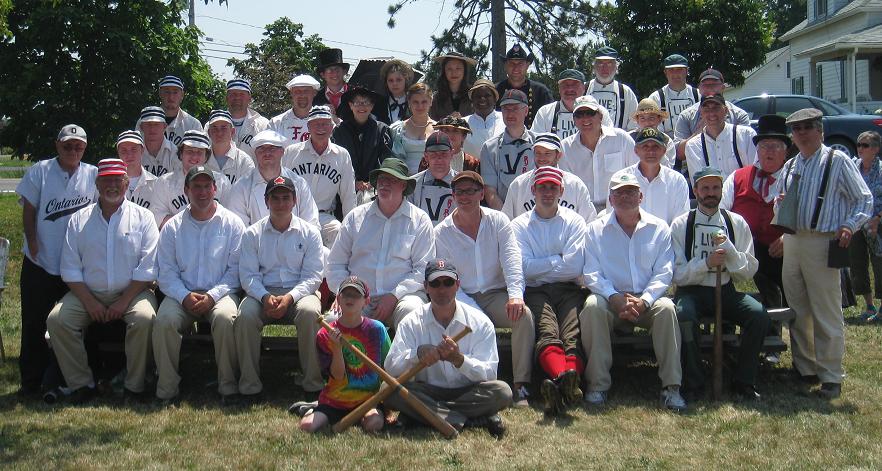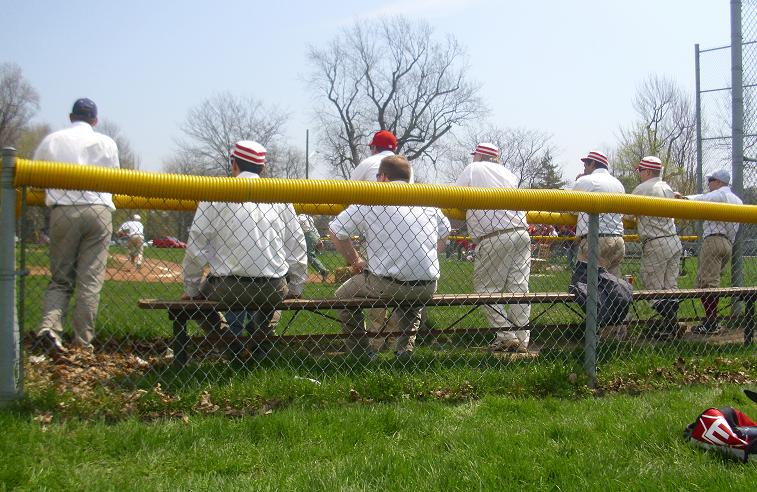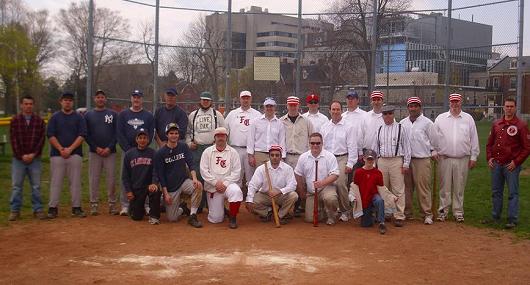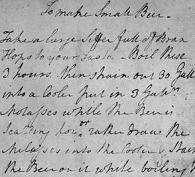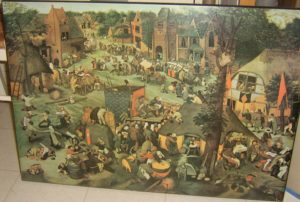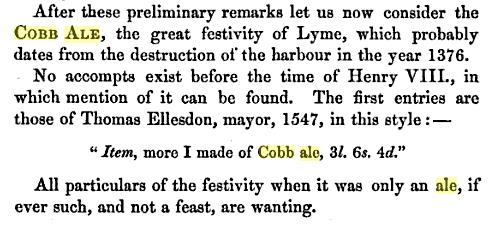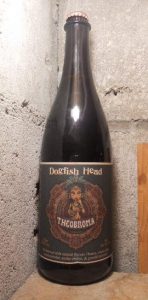 There is an excellent post over at Des de Moor’s blog this morning entitled “Brewing’s Disputed Histories” in which he discusses an accepted inaccuracy about a point in the history of the Belgian brewers Lindemans around 200 years ago. He goes on to ask some questions including this one:
There is an excellent post over at Des de Moor’s blog this morning entitled “Brewing’s Disputed Histories” in which he discusses an accepted inaccuracy about a point in the history of the Belgian brewers Lindemans around 200 years ago. He goes on to ask some questions including this one:
…does it matter? Are the details of brewery inheritance in an obscure part of the Low Countries at the turn of the 19th century, before today’s Kingdom of Belgium had even been created, really that important compared to, say, understanding the reasons why Lindemans abandoned traditional lambic production in favour of sweetened fruit beers in the more recent past? In my view, yes, it does very much matter. Heritage is a valuable asset in the world of brewing, and most breweries dating from before the resurgence of craft brewing are quick to boast of their lengthy pedigree. The authenticity thus sought is admittedly limited as a brewery’s history does not necessarily reflect on the way it operates today — many a family business has ruthlessly torn up the rule book — but history does help provide the context in which specific beers are appreciated, particularly if they come in a style as ancient and rare as lambic.
I am not quite sure what to make of this. I am a significant consumer of history both personally and professionally. I study the implications of the American Revolution on the settlement of Upper Canada so that I can understand and can help shape a growing narrative about our community. You may have guessed that something was up when I posted these sorts of things. For me, it is an important and interesting task.
So, it is not history that I question but its place. Des states “history does help provide the context in which specific beers are appreciated.” I have to slightly disagree with respect. I would prefer to say “history can help provide the context in which specific beers may be appreciated.” Not to be overly clever with the subjunctive, but it seems to me that brewing history can be a tool or route to understanding for some but is ultimately unimportant if you do not need to tap into it. And I am going to suggest that about 98% of beer drinkers do not.
First, consider this analysis of the meaning of saison from B+B today which does not really rely on history so much as experience. Then consider this post by Martyn this morning by way of illustration, a piece called “The gastropub is dead – official” which I actually might have preferred was headlined “The ‘gastropub’ is dead: Official” for no other reason than my slightly priggy concern (shared by Martyn in the footnote) for what makes something official (…or even historically true for that matter.) On the topic of the arc of this sort of establishment sunrise and sunset, Martyn traces the beginning of the idea in the 1990s to the banning of the term in the 2012 Good Food Guide. I am fairly sure I have never been to a gastropub but am more certain that I have been influenced by the idea. And, whatever CAMRA its authors suggest in the guide, I expect it to continue to do so as the tide of good food into beer drinking establishments will not recede any more than it will in the grocery store. The “gastropub” as an expression of good food and good beer is part of a general omnivoristic trajectory of in the pop culture of the UK as well as in North American. It ultimately matters not that the term came into being, has jumped the shark or even that relates to something. The 2012 Good Food Guide does not alter anything other than points out questions about what the editors were thinking when putting together previous editions. If the word was good then, it is good now.
Note: brewing history does not matter but it may interest some and interest a few deeply. But for me just as I really can’t get that excited about experimental hop variety note identification with my supping a pale ale – being satisfied as to the question of whether the beer is tasty – so, too, do I find brewing history nice to know but seldom as vital when compared to other practical applications of history. It’s like being good at table hockey. For me, it’s a fun skill that leads, well, somewhat close to nowhere. Brewing history is also unlike the analysis of Boak and Bailey above that confidently places personal experience in the center of their understanding. You may disagree and can illuminate me on aspects of brewing history that make the beer tastier for you. Let me know how that might work.

